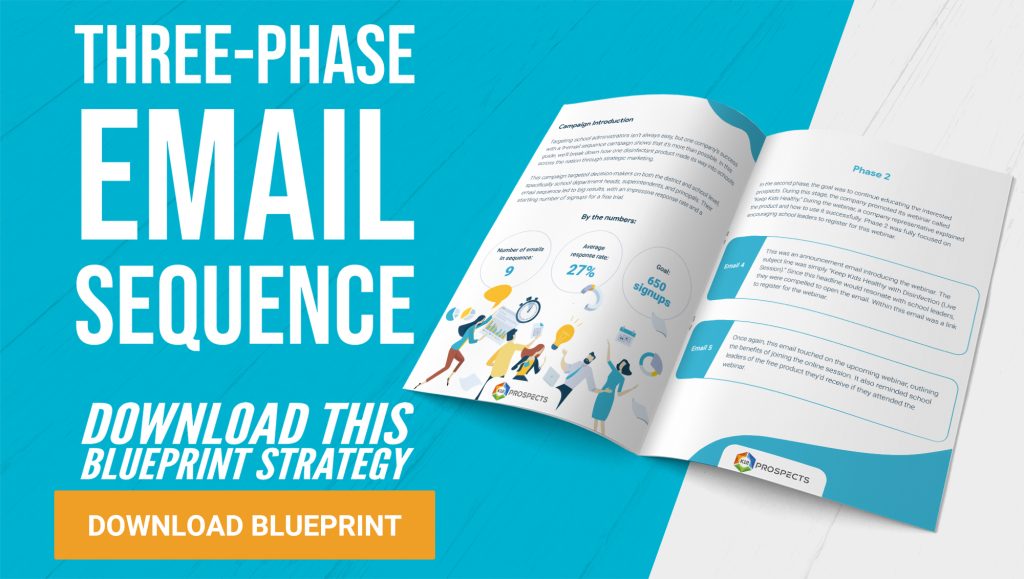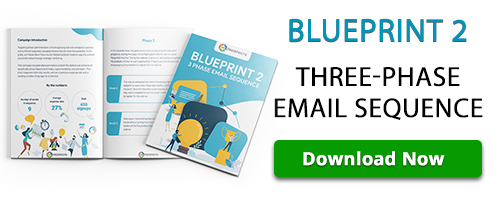How Your K12 Email Marketing Content Affects Deliverability


When sending K12 marketing emails, you want to ensure you’re reaching as many target users as possible. However, not all messages make it through, and this is called email deliverability.
When you send an email campaign to your audience, Internet Service Providers (ISPs) have their eyes on you. They’re the ones who determine whether your email passes the spam filter and arrives safely in users’ inboxes.
While things like your email subject line and reply email address matter for K12 email deliverability, so does your content. Since you want to make sure your email reaches the right inboxes at the right time, you need to understand how your content affects your email deliverability with your K12 marketing campaigns.
The Value of Email Reputation in K12 Marketing
Since you’re addressing your K12 marketing emails to school administrators, teachers, and professionals, you need to know the ins and outs of spam filters. These are the filters email clients (Gmail, Outlook, etc.) use to determine what content is legitimate and which goes straight to the junk folder.
Even if you’ve always sent high-quality, engaging content, one email that’s flagged as spam can have a huge effect on your email reputation. This is one of the most important factors ISPs use when determining which emails make it to the inbox.
Luckily, there are some things you can do to prevent your email from arriving in the dreaded spam graveyard. It’s all about ensuring your content looks nothing like spam, and you can do that through the right balance of content and design.
How to Ensure Your K12 Marketing Content Reaches the Inbox
When it comes to getting through spam filters, you need to make sure your emails are trustworthy. ISPs have examined thousands of emails. In 2018, spam rates were close to 55%. This means 55% of all emails sent classified as spam in some way. With stats like that, it’s no wonder ISPs are so vigilant.
How do you keep your emails in the clear? Aside from using a high-quality, proven K12 email list that’s targeted to your audience, follow these best practices below for all K12 marketing campaigns.
1. Use a Trusted Email Service Provider
If you search online for email marketing sender, you’ll quickly discover thousands of options. While you might be able to score a good deal if you dig deep, you need something you can trust.
There are so many inexpensive, easy-to-use email sending companies that have a long history of working with trusted brands. As companies, IP address reputation changes every day it is good to test a small batches with several companies and see their deliverability rate and how the recipients responded.
Almost all of them have a free trial from 500 up to 2000 free emails so you will have the chance to experience their platform and their success.
2. Don’t Overuse Images
While an image is worth a thousand words, it’s still important to make sure you don’t overdo your email graphics. Some ISPs block images from unfamiliar email addresses, so you’ll need to make sure you have enough content to still deliver your message even if it’s delivered in plain text alone.
There’s no perfect ratio. Just remember that not all images will display the same for everyone. Can users still understand what you’re trying to communicate even with no pictures or graphics?
3. Use Links Carefully
Links are a great way to drive traffic to your products, services, and other content, but you’ll need to use them carefully. Spammers are known to send emails full of excessive links, so this can easily get you flagged as junk.
Though there’s no one-size-fits-all number you should or shouldn’t include, don’t overdo it. Balance your links with high-quality, engaging content. Always check your links to make sure they’re functional. Most importantly, don’t use URL shorteners which are often used to mask spam emails.
4. Watch Your Words
Ensure you’re not using overly “spammy” words. If you’ve ever received a spam email, you likely know what these are. Terms like “100% free,” “winner,” or “free gift” are commonly found in junk emails.
Your goal with your K12 marketing email is to avoid looking like a spammer. This means steering clear of the same words and terms that these emails typically use. As long as you’re being authentic and thoughtful with your message, odds are you’re on the right track.
5. Simplify Unsubscribing
Last but not least, make sure it’s easy for users to unsubscribe to your emails. As said above, you don’t want to look like spam. Spam emails make it impossible to unsubscribe, so avoid doing this.
Don’t hide your unsubscribe link or make the process overly complicated. Think of it this way: you want only the most engaged, interested users to read your emails. When someone unsubscribes, it’s nothing personal. They’re just not your target audience.
Are Your Emails Reaching Your K12 Audience?
K12 marketing emails are sometimes tricky when it comes to email deliverability. Though you know your audience, you want to make sure you’re actually reaching them in their inboxes. Administrators and school leaders are busy. Their email inbox is precious real estate that shouldn’t go to waste.
Check your K12 marketing strategy to ensure your emails are deliverable and ready to go. Your goal as a marketer is to keep your users engaged and interested. They can’t do that if they never receive your email in the first place.


